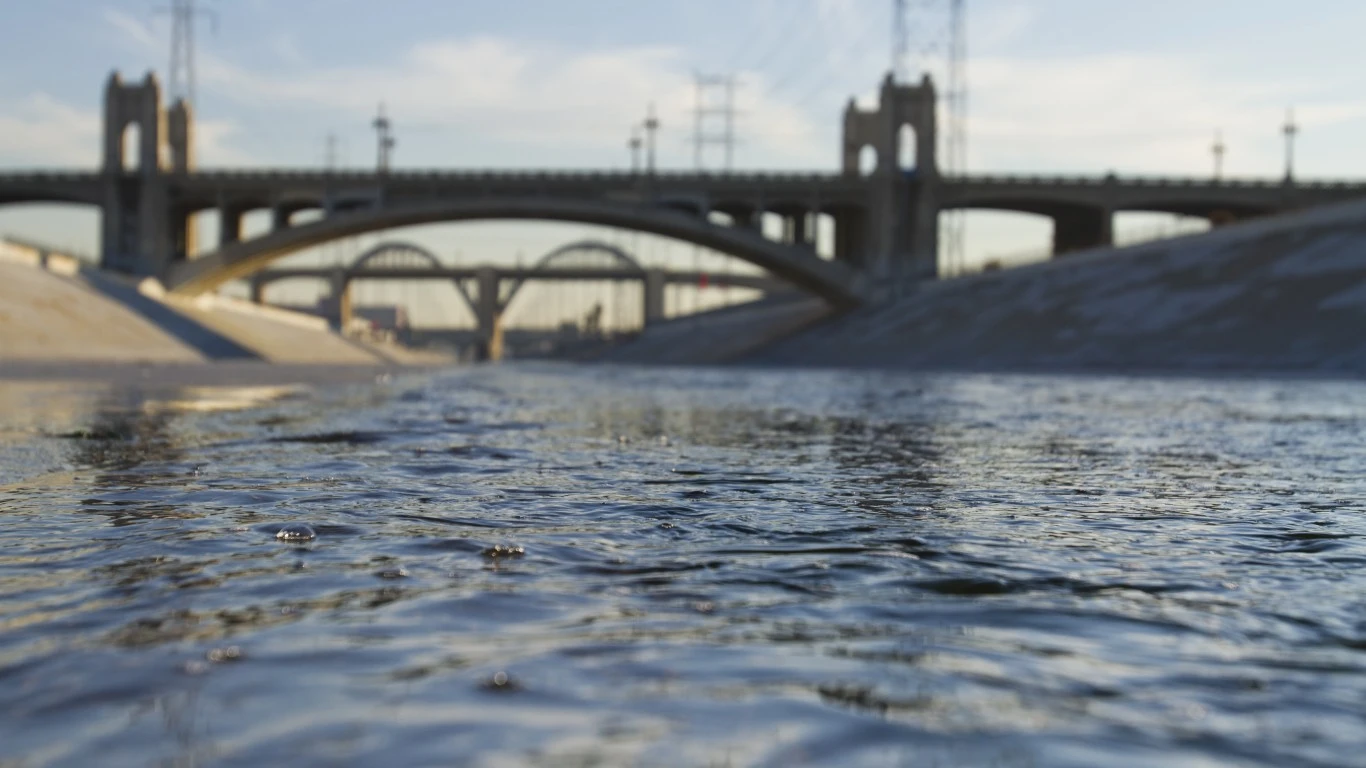
The climate crisis is, in many ways, a water crisis. As rivers heat up, the likelihood of catastrophic drought, flooding, and the extinction of aquatic wildlife increases. And this isn’t a problem for the future: The future is now.
No matter where you live, your local rivers and drinking water are likely being affected by climate change. And unfortunately, inequities both historic and contemporary mean that Black, indigenous, and other marginalized communities are usually the ones that are the most affected.
The threats facing our rivers are manifold. In some cases, water levels are too low to irrigate fields and support the local economy. In others, dams have decimated wildlife populations. In still others, pollution is destroying biodiversity and turning drinking water non potable. (Here are some natural landmarks already damaged or destroyed by climate change.)
To determine America’s most endangered rivers, as well as the threats they face and the resources at risk, 24/7 Wall St. reviewed data from America’s Most Endangered Rivers 2022, a report by American Rivers, an advocacy group focused on protecting wild rivers, restoring damaged ones, and conserving clean water.
Click here to read about America’s most endangered rivers
The group selects rivers from a pool of nominations from river conservation groups and concerned citizens across the country, then ranks them based on criteria including the magnitude of the threat to the river and associated communities, the significance of the river to human and natural communities, and the extent to which the public can help influence a major decision affecting the river in the coming year. Data on river length comes from Britannica and other online sources. (These are the 40 longest rivers on earth.)





